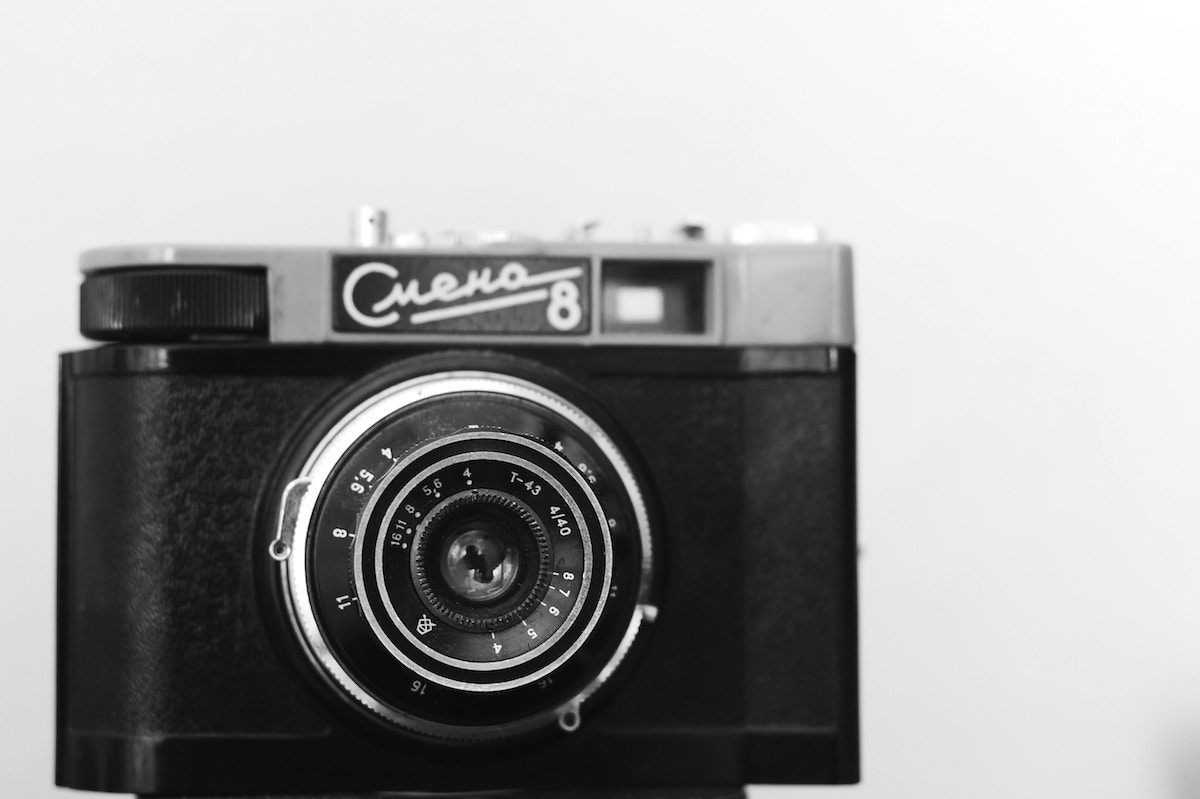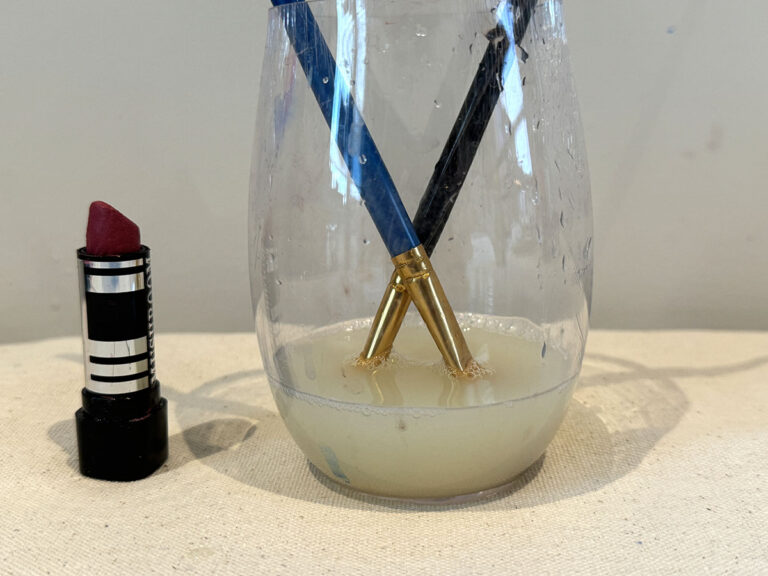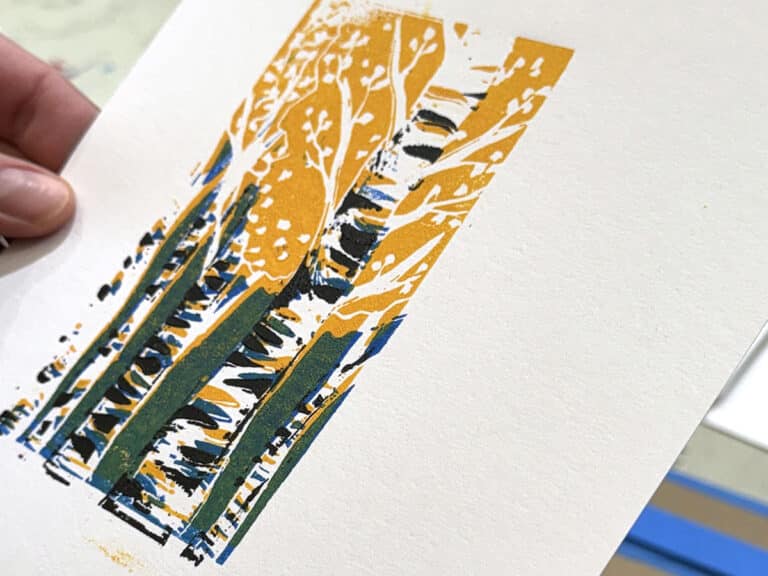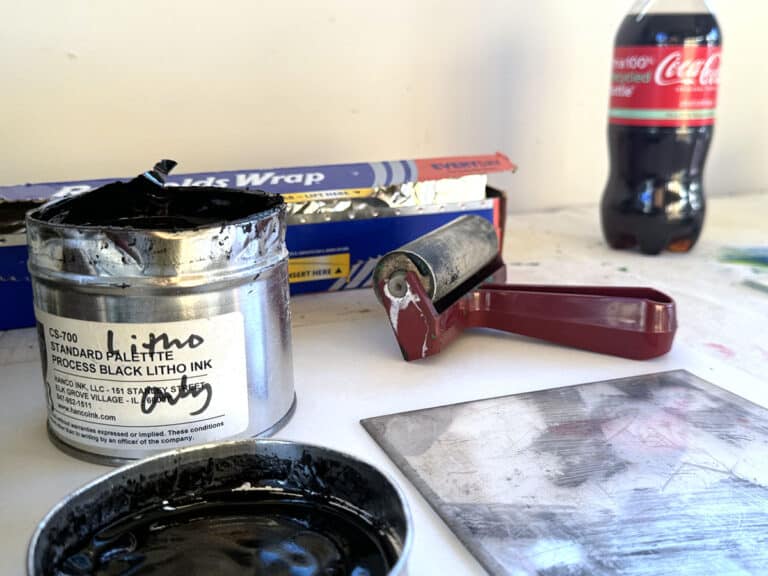Like many of you, my heart broke a little (okay, it fell to pieces) when I read Tim’s article, It’s Time to Accept That Your Darkroom is Dead. Is that really the case?
In short, I don’t think so.
While Tim presented some points to ponder, it’s time to explore why darkroom photography matters and how to keep it alive in your school.
I taught both darkroom and digital photography for eight years. Watching students experience pure joy spinning through the revolving door of the darkroom to watch their photos appear should be reason enough to want to keep teaching darkroom photography. But, if you’re looking for more concrete reasons, keep reading below!
3 Reasons to Keep Teaching Darkroom Photography
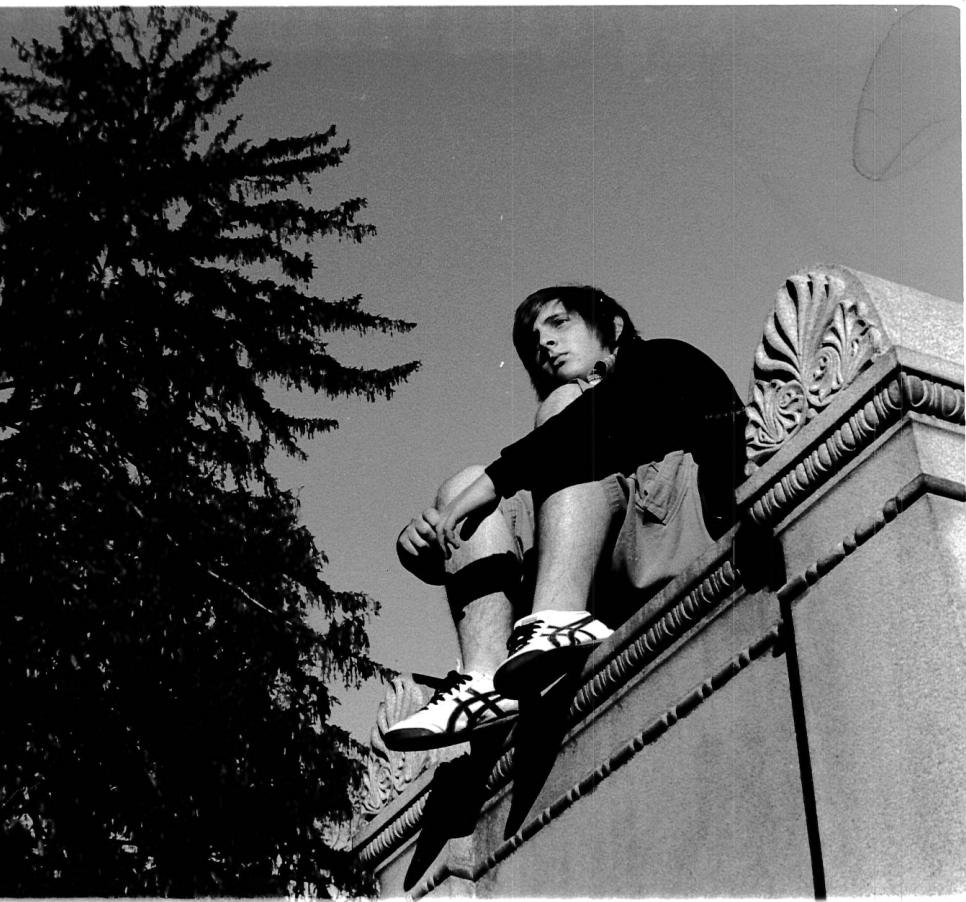
1. It slows students down and forces them to be thoughtful.
Darkroom photography challenges students to understand the complexity of an image and how it’s created. We live in a fast-paced world filled with instant gratification. With the risk of sounding old, there’s magic in slowing down. With limited frames, students need to look carefully and think critically. Film forces students to demonstrate an understanding of camera settings. Too often with digital cameras, students put the shutter on rapid-fire and hope for the best.
2. It allows students to understand and experience history.
In the darkroom, history comes to life. Use the three ideas below to tap into this concept.
- Create pinhole photography.
As students use pinhole cameras, they experience how long it takes to capture an image. After working with a pinhole camera, students understand why no one is smiling in old photos. - Explore the invention of the digital camera and photo editing software.
As students work in the darkroom, they experience how much work goes into creating a single image. Using this as a starting point, you can discuss how artists use technology to recognize and respond to problems. - Make connections to digital photography.
Because many students are used to taking digital photos on their phones, you can easily make connections to the darkroom. For example, you could have them discuss how various digital filters work in comparison to similar filters in the darkroom. You can also challenge them to come up with new ideas. Have students think of a problem they wish was easier to fix when taking photos with their smartphone. Next, have them explore ideas of how they can solve that problem in the darkroom.
3. Darkroom photography is something students will never experience if we don’t expose them to it.
As educators, it’s our job to expose our students to new knowledge, techniques, and ideas. Students experience digital photography on a regular basis. But they rarely experience darkroom photography processes on their own. I often talk to my students about the concept that you don’t know, what you don’t know.
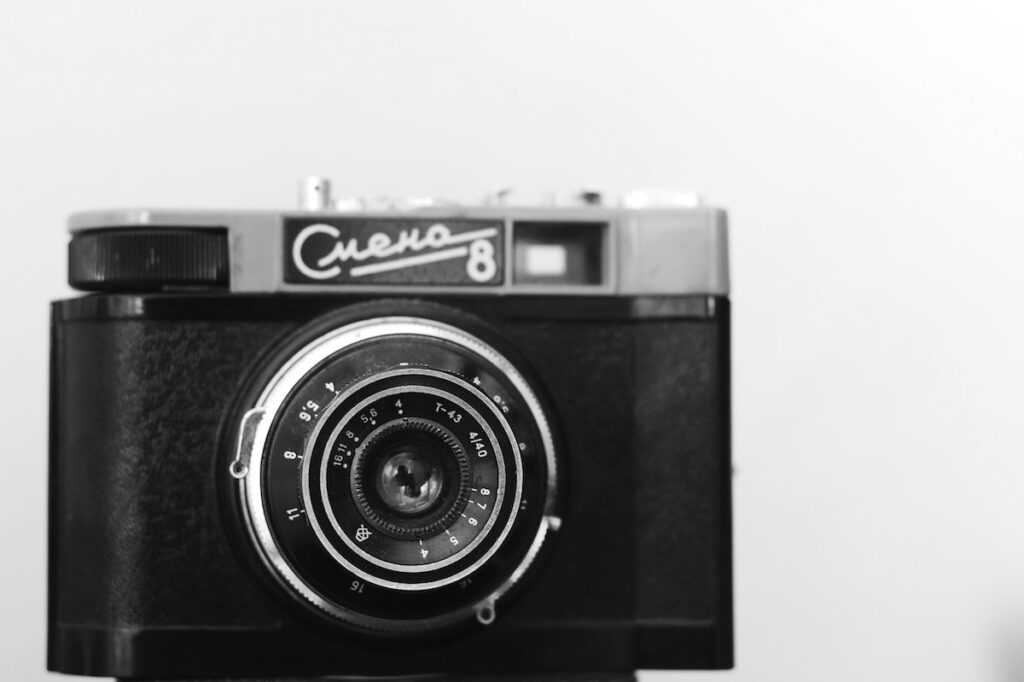
3 Drawbacks of Darkroom Photo and How to Address Them
Now that we’ve looked at three reasons darkroom photography is still relevant let’s unpack some of the cons and explore ideas about how to address them.
1. Darkroom photography is expensive.
Yes, it is, as are many materials and processes. Challenge yourself to think about how you can provide students with photography experiences. Next, as yourself how you can do it while staying within your budget.
You might decide you don’t need an entire course dedicated to darkroom processes. Instead, incorporate it into other classes. For example, teach foundations students about composition and design by creating photograms. No cameras necessary! ILFORD photo has a super short informative video to get you started.
You can also have digital photography students explore the history of photography by creating a camera obscura room and using pinhole cameras. Or, bring more choice and research into the class by having students research and explore techniques like contact prints, ghost images, or vignettes.
Graphic design students might print a photo and add other elements like text through layering transparencies. Or, they might cut apart and combine negatives to create new images.
If you don’t have access to darkroom equipment, or can’t make it work in your budget, consider visiting a local art college or local photographer so your students can observe the process.
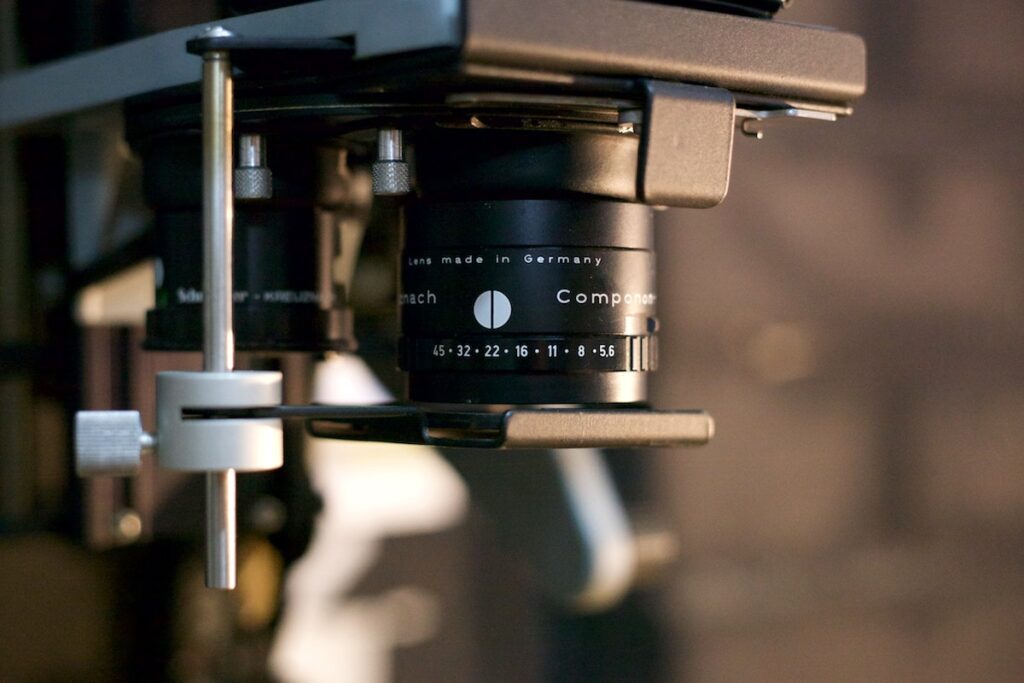
2. The materials are dangerous.
As art teachers, we consistently need to be aware of the materials in our classroom. Many materials, like paint and clay, can have negative side effects. It’s our job to teach students to be responsible with all of the materials they encounter.
When dealing with darkroom chemicals, make sure students are working in a well-ventilated room, chemicals are disposed of properly, and students are using tongs instead of their hands to move their photos through the various chemicals.
You can also connect with a science teacher and see if the two of you can work together to teach students about the chemical process of photography. This could be an opportunity for your departments to share the cost of materials and to help students make deeper and more meaningful connections.
3. Darkroom processes are slow and waste instruction time.
Let’s remember that stippling, shading, and many other methods of artmaking are SLOW. That doesn’t mean we should stop doing them. Yes, the darkroom process is time-consuming, but it is also filled with problem-solving opportunities.
You can easily connect developing film with the Design Thinking Processes.
As students work to put their film onto the reel, they might think about how they could design a better process. While my students never cracked the code, they were constantly trying to come up with easier ways.
Another opportunity for Design Thinking is during the film developing process. Students are often fascinated by how the film canister is designed. This can lead to a conversation about good design. Students also wish that something other than their hands could agitate the film. My students were always exploring ways around using the agitation stick.
In addition, there are things you can do to use your time wisely.
You might try showing a photo-related movie as students move through the process. Or, you can have students work in groups and rotate who develops the film. While one group develops film, you can work with others in small groups to dive further into areas of interest or to address areas of confusion.
As teachers, we need to reflect on what we’re teaching, why we’re teaching, and how we’re making it relevant to our students. While digital cameras are the more practical way to capture an image, you’ll have to work hard to argue that much of artmaking is practical. Anytime the hand is removed from the process and replaced with a machine the result changes. There are elements to darkroom photos a digital camera can never capture and vice versa. Do we want to let that go?
What is one way you can incorporate a darkroom technique or concept into a class you already teach?
What’s your favorite darkroom photography project?
Magazine articles and podcasts are opinions of professional education contributors and do not necessarily represent the position of the Art of Education University (AOEU) or its academic offerings. Contributors use terms in the way they are most often talked about in the scope of their educational experiences.
